M5Stack Tab5: RISC-V Touchscreen Dev Kit for IoT and HMI
Welcome to this week’s dose of embedded excitement. If there’s one company that consistently makes my fat stacks flutter, it’s M5Stack. Their hardware isn’t just good...it’s unapologetically ambitious. And today, we’re talking about a device that takes that ambition, wraps it in a sleek enclosure, and supercharges it with next-gen silicon. Enter the M5Stack Tab5.
The M5Stack is a touchscreen-toting, RISC-V-powered, industrial-ready terminal that looks like it walked out of a cyberpunk factory and decided it was time to control your smart home, run your automation rig, or maybe just replace every panel PC you’ve ever cursed at.
What you’re looking at here is a fully integrated development platform built around a dual-SoC architecture that blends raw processing power with modern wireless protocols. There’s a crisp 5-inch multi-touch display, an HD camera, onboard audio with mics and a speaker, and more I/O than most people will ever use. All of this, in a slab you can hold in one hand. Or mount to a wall. Or slap on a robot.
If your projects demand power, flexibility, and a bit of flair, the M5Stack Tab5 doesn’t just show up - it shows off.
Processing Muscle – Why the ESP32-P4 Changes the Game
At the heart of the Tab5 lies the ESP32-P4 processor, which is the main controller driving this device. Its built on the RISC-V architecture, delivering a dual-core setup running at up to 400 MHz. With 16MB of Flash and a generous 32MB of PSRAM, this SoC isn’t dabbling in embedded computing, it’s commanding it!
| Component | Specification |
|---|---|
| Main Processor | ESP32-P4 (RISC-V dual-core, 400 MHz) |
| Flash Memory | 16 MB |
| PSRAM | 32 MB |
| Wireless SoC | ESP32-C6 (Wi-Fi 6 / Zigbee / Thread) |
| Antenna Options | Built-in 3D + MMCX for external |
Why this matters:
- RISC-V offers flexibility and openness that’s redefining embedded development.
- Dual-SoC architecture means local processing and wireless communication are handled independently and efficiently.
- Wi-Fi 6, Zigbee, and Thread support position the Tab5 as a future-proof IoT node.
Whether you're deploying in a high-density wireless environment or building out a low-latency control system, this processing backbone has both the speed and architecture to go the distance.
Display & Touch – A Slick HMI Experience
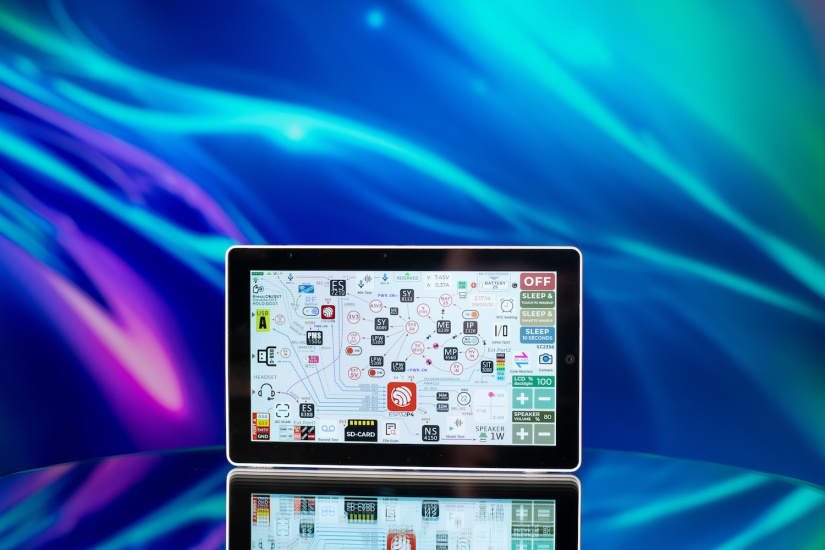
The first thing you’ll notice about the Tab5—after you’ve stopped admiring its build—is the 5-inch IPS touchscreen with a 1280x720 resolution and MIPI-DSI interface. This display isn’t just there for show—it’s built to deliver responsive, high-resolution visuals that make real-time interaction feel fluid and intuitive.
Behind the glass is the GT911 capacitive touch controller, operating over I²C and offering full multi-touch support. Whether you're tapping, swiping, or gesturing, the Tab5 registers input with impressive accuracy and minimal lag. It’s the kind of responsiveness you expect from modern smartphones—now available in a development terminal.
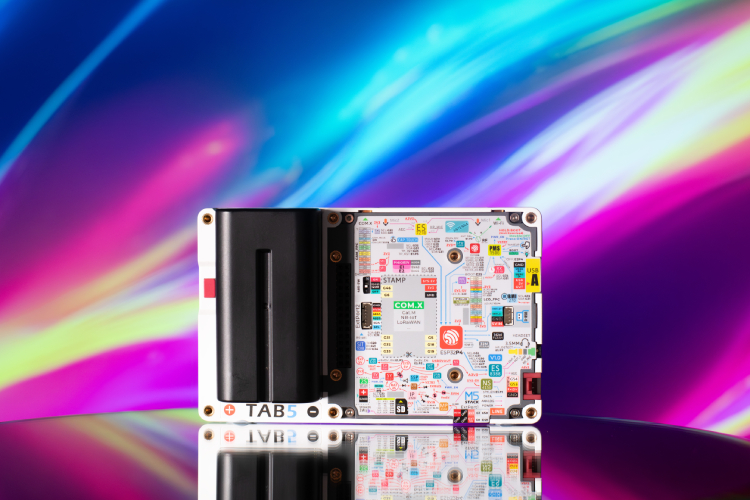
That polish isn’t just about aesthetics. In industrial environments, the Tab5 can step in as a Human Machine Interface (HMI), replacing traditional keyboard-and-mouse setups that often struggle with dust, moisture, and wear. Instead of navigating menus with clunky external peripherals, operators get smooth, touch-first interaction directly on the device.
But the utility doesn’t stop at the factory. The display lends itself to smart home dashboards, interactive control panels, and even visual feedback terminals for automation systems. It's bright enough to stand out, precise enough to rely on, and stylish enough to use anywhere from your lab bench to a wall-mounted enclosure in a modern apartment.
Audio, Vision & Intelligence – Multimedia Magic Onboard
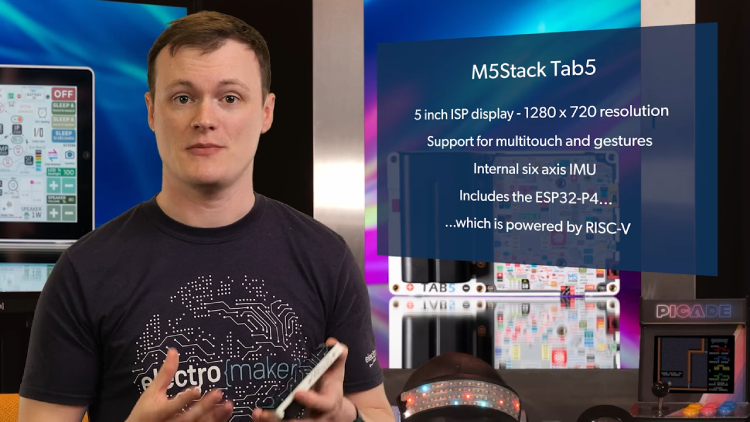
The M5Stack Tab5 brings proper multimedia muscle to the table. Onboard is a SC2356 2MP camera connected via a high-speed MIPI-CSI interface, capable of capturing clear, detailed images at up to 1600x1200 resolution. This opens the door to image processing, facial recognition, and computer vision tasks - right out of the box.
On the audio front, the Tab5 is built to listen and speak with clarity. The ES8388 audio codec handles output with a 1W speaker, while input duties are managed by the ES7210 AEC front end feeding a dual-microphone array. Whether you're building an interactive assistant, capturing audio logs, or adding speech-based controls to your project, the hardware is already in place. There’s even a 3.5mm headphone jack for traditional audio interfacing.
Multimedia Features at a Glance
Here is the updated table with the multimedia features added:
| Component | Specification |
|---|---|
| Main Processor | ESP32-P4 (RISC-V dual-core, 400 MHz) |
| Flash Memory | 16 MB |
| PSRAM | 32 MB |
| Wireless SoC | ESP32-C6 (Wi-Fi 6 / Zigbee / Thread) |
| Antenna Options | Built-in 3D + MMCX for external |
| Camera | SC2356 2MP (1600×1200), MIPI-CSI interface |
| Audio Output | 1W speaker via ES8388 codec |
| Audio Input | Dual-mic array with ES7210 AEC front-end |
| Connectivity | 3.5mm headphone jack |
Where this really gets exciting is at the edge. The combination of a responsive camera, accurate audio capture, and onboard processing makes the Tab5 an ideal platform for lightweight machine learning applications. From keyword spotting and voice command recognition to gesture detection and real-time object tracking, this device is more than capable of running embedded AI workloads.
In short, you can talk to your board. Literally. And it can see, hear, and respond with precision that feels far beyond its size and power envelope.
Interfaces Galore – I/O and Expansion Playground
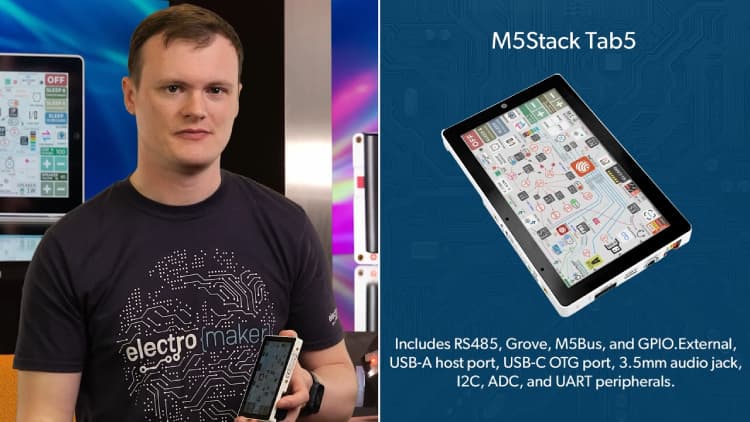
If you’re the kind of developer who lights up at the sight of connectors and expansion headers, the M5Stack Tab5 is going to feel like a candy store. This device is built to talk—to sensors, machines, peripherals, and whatever else your project demands. And it does so with style and depth.
Starting with industrial communication, the Tab5 includes a RS-485 interface complete with a switchable 120 Ω termination resistor, making it ready for robust, long-distance signaling in noisy environments. On the consumer side, you’ll find a USB-A Host port and a USB-C OTG port, giving you plug-and-play support for everything from flash drives to keyboards to custom peripherals.
For modular expansion, there’s support for Grove connectors, the M5BUS interface, and a GPIO_EXT header—each ready to integrate with sensors, motors, displays, and more. The inclusion of a STAMP pad interface is a major bonus, enabling direct integration with communication modules such as LoRaWAN, NB-IoT, and Cat.M—ideal for remote or low-power deployments.
A microSD card slot rounds out the storage flexibility, allowing for effortless logging of data, media storage, or dynamic firmware upgrades in field applications. It’s especially useful in monitoring and control systems that generate large datasets or require autonomous operation.
I/O and Expansion Snapshot
| Interface | Details |
|---|---|
| USB | USB-A Host + USB-C OTG |
| Industrial Comms | RS-485 with 120 Ω termination |
| Expansion Ports | Grove, M5BUS, GPIO_EXT |
| Wireless Module Expansion | STAMP pad (LoRaWAN, NB-IoT, Cat.M) |
| Storage | MicroSD card slot |
| Supported Protocols | I²C, UART, ADC, CAN |
Whether you’re wiring up a test rig, deploying an automation node, or prototyping a new IoT concept, the Tab5 adapts to the way you work—without compromise.
Sensors and Smarts – Built-in Brains
Behind the screen and silicon, the M5Stack Tab5 includes a thoughtful lineup of embedded intelligence that makes it more than just a dev board—it’s a self-aware platform designed to react, adapt, and persist in real-world environments.
Motion sensing is handled by the integrated BMI270 six-axis IMU, offering precise accelerometer and gyroscope data. Whether you’re detecting orientation, tracking movement, or triggering wake-up events from motion, this chip adds a layer of spatial awareness that’s vital for handheld devices, mobile automation systems, or wearable prototypes.
Time-sensitive applications benefit from the onboard RX8130CE real-time clock, complete with interrupt wake support. It ensures the system keeps accurate time even when powered down, making it ideal for scheduled tasks, time-stamped data logging, or low-power deployments that need to wake on cue.
Power management is equally robust. The IP2326 charging controller works in tandem with the INA226 monitoring circuit to provide real-time insight into voltage and current, helping developers track power draw and optimize energy usage. In the Tab5 Kit version, this is paired with a removable 2S NP-F550 Li-ion battery (7.4 V, 2000 mAh), giving the device true portability and the ability to operate independently from external power sources.
From motion-triggered applications to energy-aware designs, the Tab5 is wired to think ahead—and built to run smart.
Software & Dev Experience – From Arduino to ESP-IDF
Powerful hardware means nothing if the development experience is a chore. Thankfully, the M5Stack Tab5 delivers flexibility on the software side that matches its impressive internals. Whether you're a rapid prototyper or a low-level firmware enthusiast, the Tab5 has you covered.
Development Options
- Arduino IDE: Perfect for quick-start projects, makers, and educators. Offers drag-and-drop simplicity, a vast library ecosystem, and minimal configuration overhead.
- ESP-IDF: Espressif’s official development framework gives full access to low-level hardware, ideal for advanced applications, custom drivers, and highly optimized firmware.
Why It Works for All Levels
- Accessible to beginners: Start building right away without needing in-depth platform knowledge.
- Production-ready tools: Use OTA updates, debugging tools, and performance tuning via ESP-IDF.
- Flexible workflow: Scale from prototype to product with a consistent toolchain.
Whether you’re spinning up a touchscreen interface, deploying over-the-air updates, or building custom IoT logic, the Tab5’s development flow is designed to scale—from early sketch to fully integrated product. It’s a rare balance of accessibility and depth that welcomes beginners while rewarding experienced developers who want to dig deep.
Use Cases That Hit Different – Real-World Ideas
- Industrial HMI: A rugged, touchscreen-based alternative to bulky PCs. Ideal for dusty, noisy, vibration-heavy environments where RS-485 and GPIO shine.
- Home Automation: Mount it on a wall and ditch the locked-down tablet. Build your own custom dashboard with full control of logic, layout, and connectivity.
- IoT Gateway / Edge Device: Use the USB, GPIO, and wireless suite (Wi-Fi 6, Zigbee, Thread, LoRaWAN via STAMP) to process and visualize data locally.
- RISC-V Playground: Explore the RISC-V architecture hands-on. Perfect for firmware testing, educational demos, or architecture experiments.
- Creative Tech: Build smart mirrors, ML-driven visual art, or audio-reactive installations using the onboard camera, mics, and display.
Final Thoughts – A Legit Dev Platform That Deserves Respect
The M5Stack Tab5 is not a touchscreen with some GPIOs slapped on - it’s a freakin’ command center. You’ve got a RISC-V core running the show, a multi-touch display ready for serious HMI action, camera and audio hardware for sensing the world around it, and enough I/O to make your wiring loom weep.
It’s a platform built with purpose, offering a serious toolkit to engineers who need reliability, hobbyists who want flexibility, and startups prototyping the next connected revolution. Whether you're building factory automation panels, home control interfaces, AI-enabled edge devices, or just experimenting with RISC-V for the first time, the Tab5 gives you the tools to build fast and build smart.
Ready to take the leap? This isn’t a dev board you leave in the drawer. It’s one you deploy, interact with, and rely on. Unlock your next IoT masterpiece. Shop the Tab5 now.





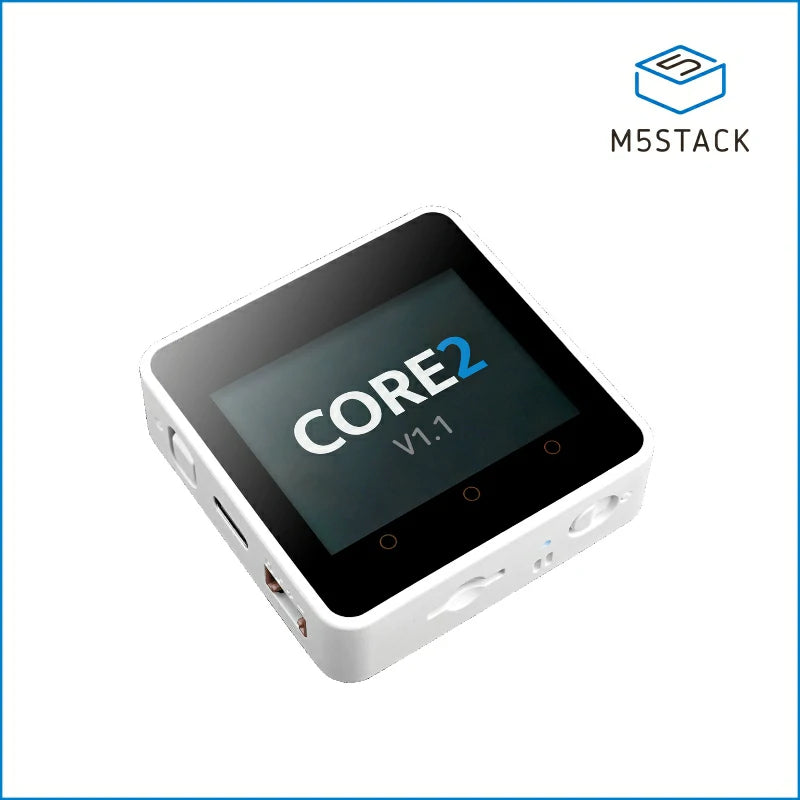
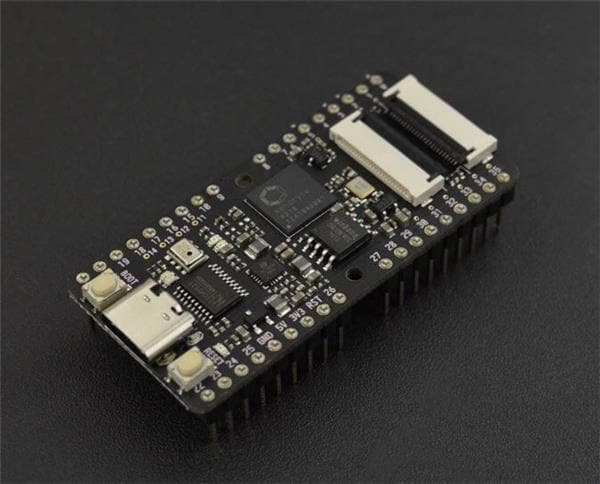
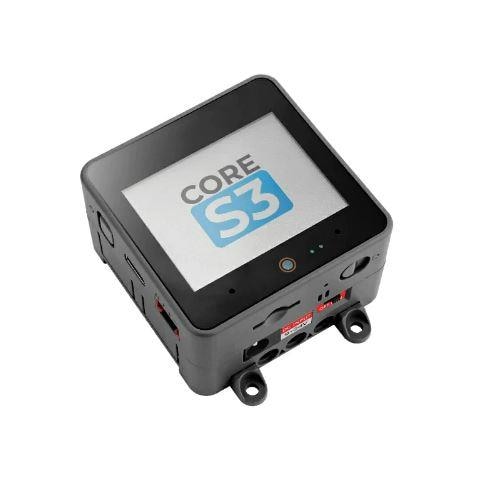
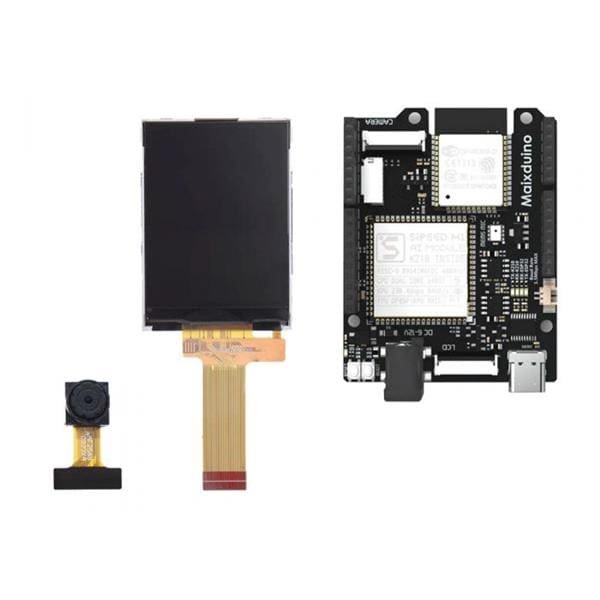
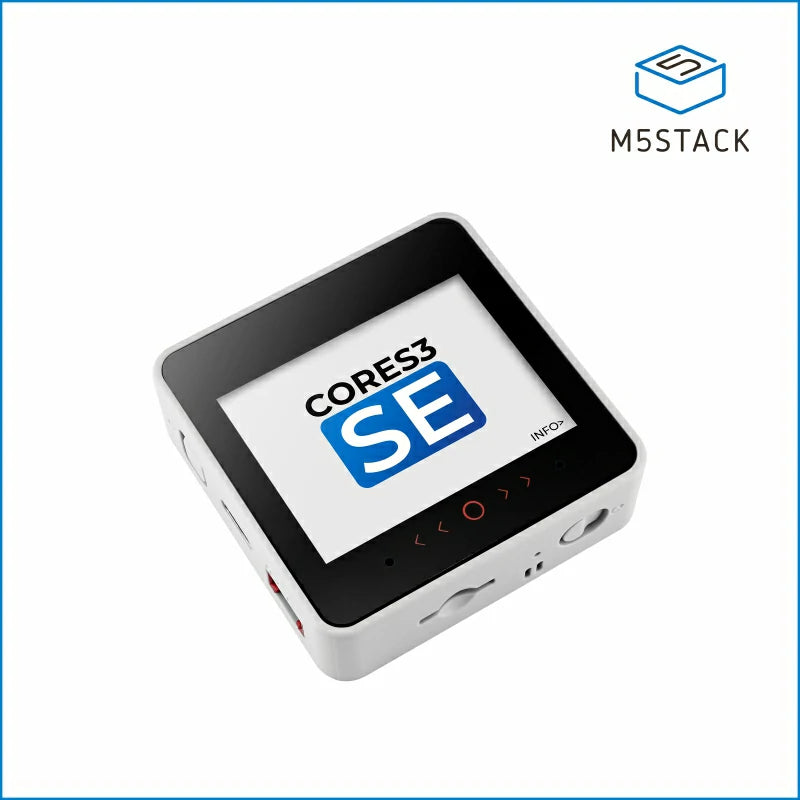
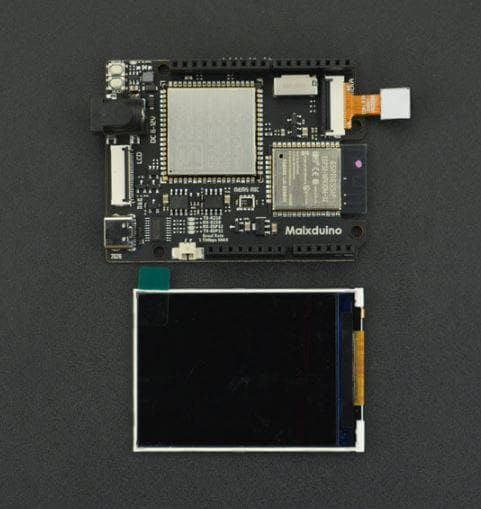
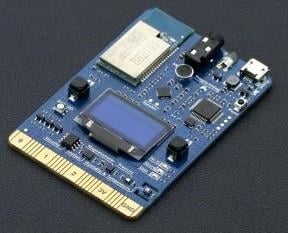
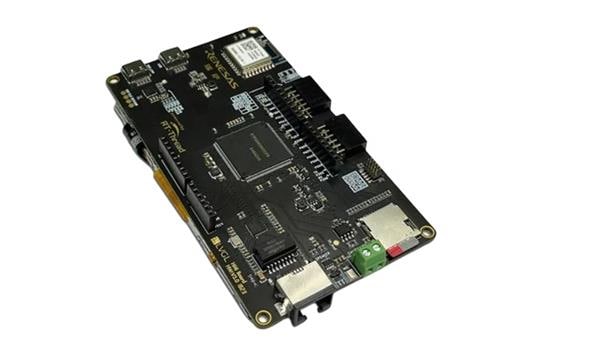
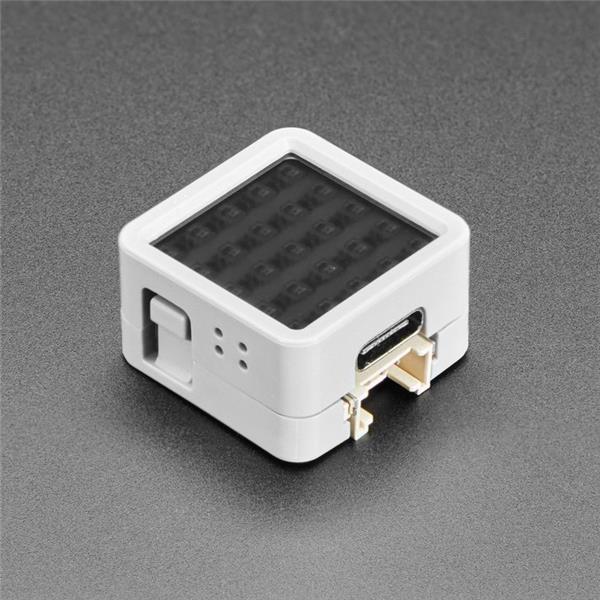
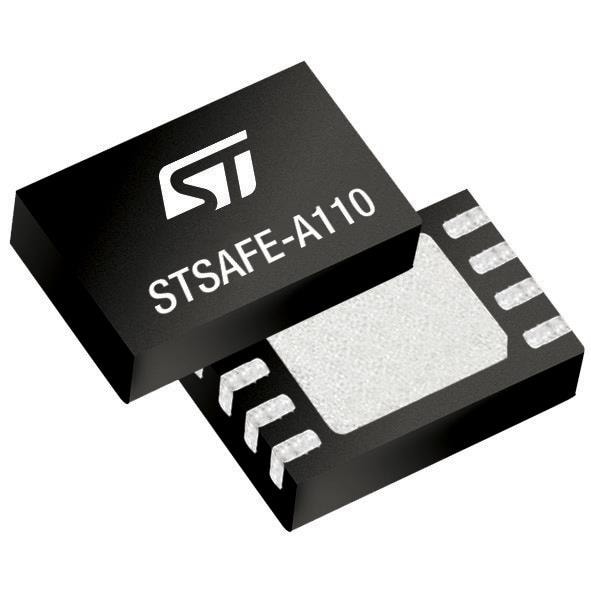
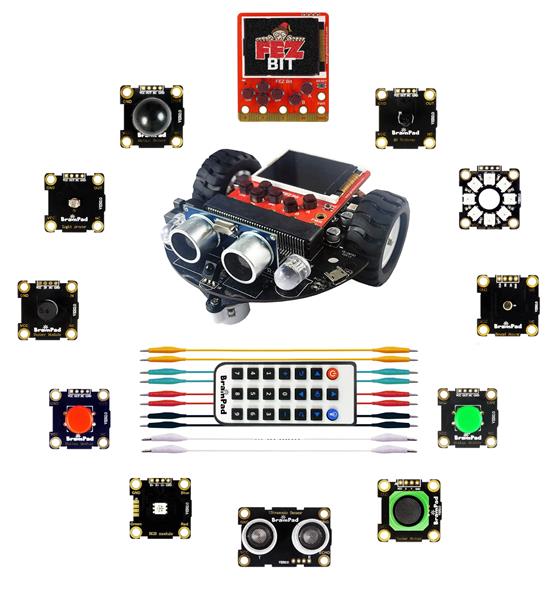

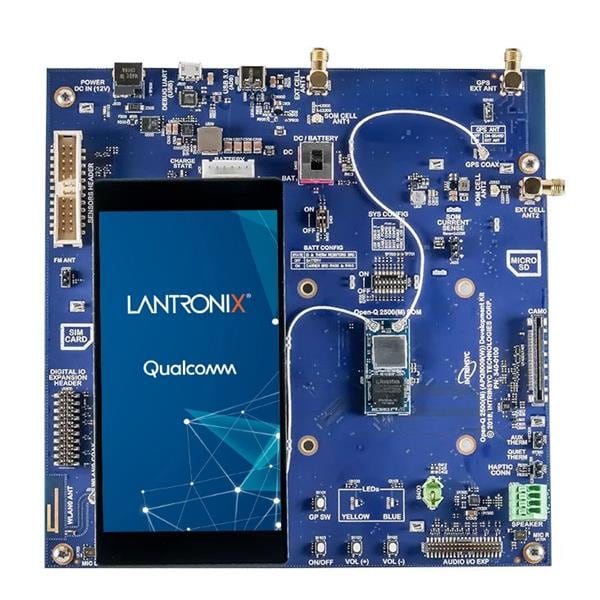
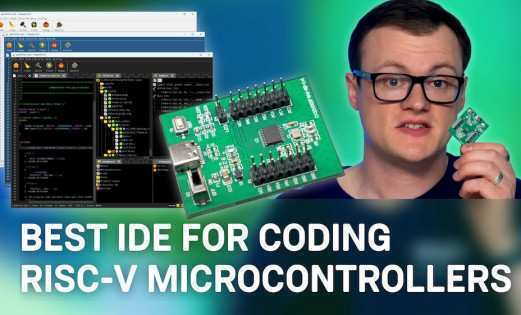

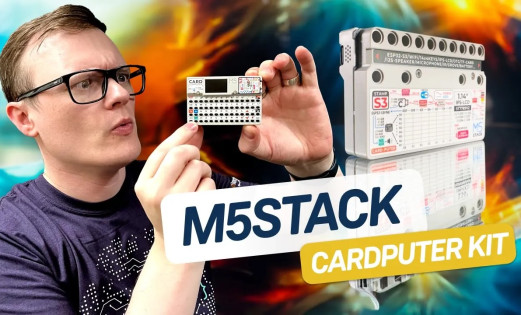
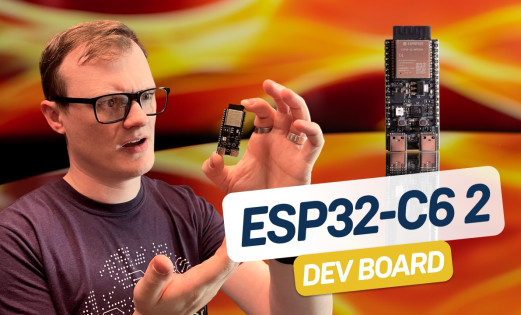
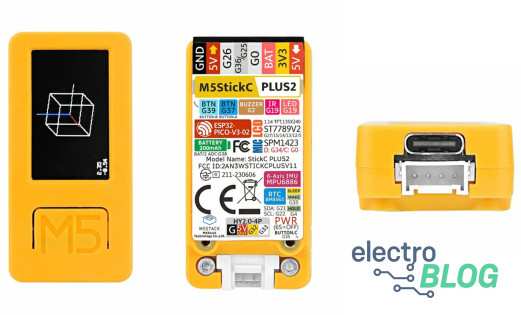
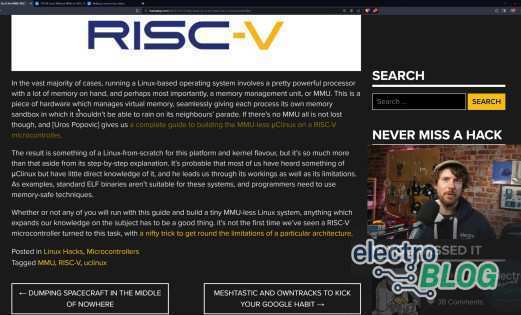
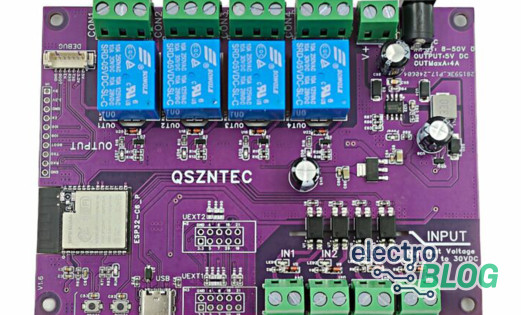
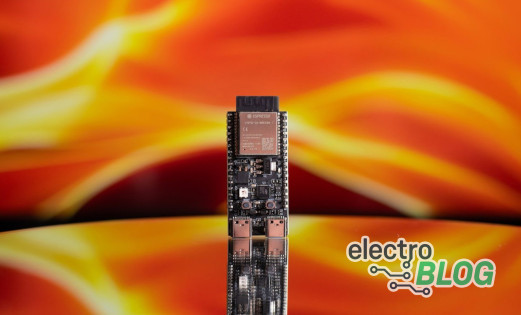
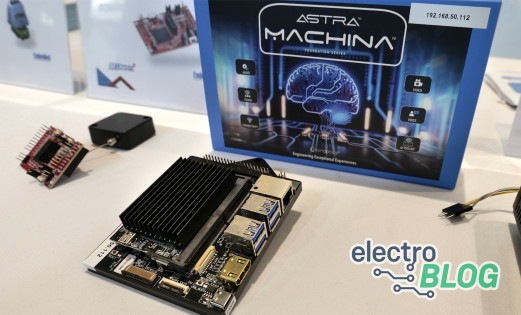
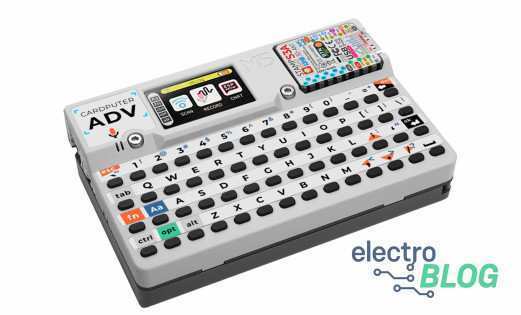
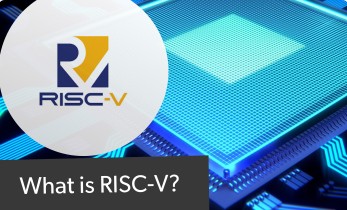
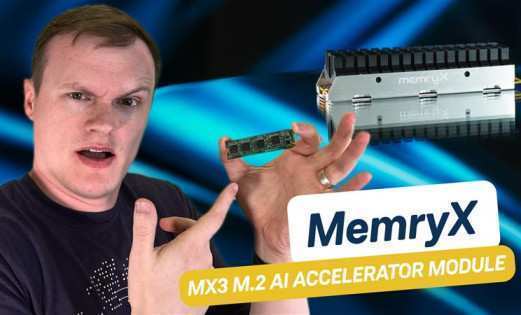
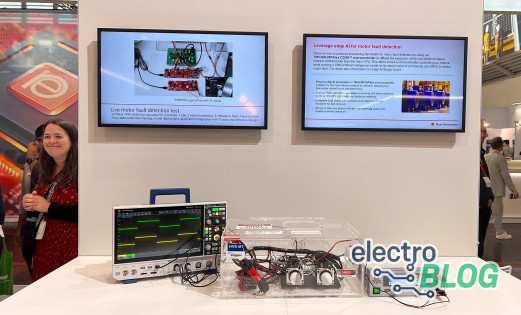
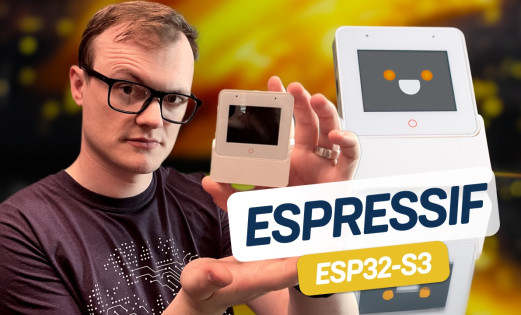


Leave your feedback...